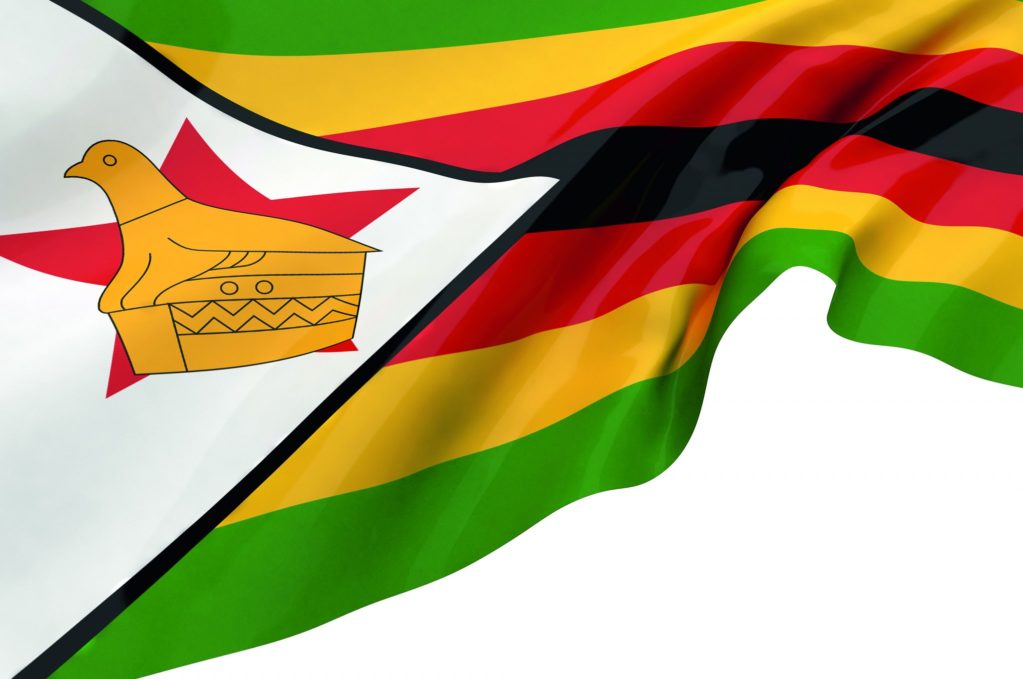It seems like only yesterday when Zimbabwe had the best roads in Africa and was hailed as its breadbasket. Daydreaming of yesteryear, I travel back in time to when things changed for me – 1999. Prior to then, as a military intelligence officer in the Zimbabwe Defence Forces I held my head high, proud to be the eyes and ears of my country.
On the economic front, 1999 soared to 48% but we managed. I say ‘we’ meaning the privileged members of the security forces, whose livelihoods were heavily subsidised by the government. In addition, we occasionally got money from stints in the Congo where we supported Laurent Kabila in his bid to rid his country of rebels supported by Rwanda, Uganda and Burundi. Just imagine being at war but operating from Mobutu Sese Seko’s palace which had been handed to us as a gesture of gratitude. It had all mod cons: swimming pools; air conditioning and polished floors. This war was profitable even for the frontline soldier. The palms of the generals were greased with hand-outs from the Kabila government and the business opportunities that came with them.
High inflation meant food shortages back home in Zimbabwe. From time to time, the streets of Harare filled with protestors. Unions and opposition parties waged their placard-carrying war with the government in a style that would have seen the resignation of a president in a normal democracy. But in Zimbabwe, things do not work that way.
In Zimbabwe, dissent was, and still is, met with brute force. The police force, with batons and rubber bullets were sent onto the streets in full riot gear. They arrested hundreds of protestors but couldn’t quell them. The numbers on the streets grew and grew, until the police could no longer contain the protests. That was when the authorities brought the army in.
Helicopters flew over Harare firing tear gas at demonstrators. Soldiers with live ammunition roamed the streets. Fear and intimidation became the order of the day. I remember boarding an armed helicopter at an air base on its way to quash the dissent in town. This was the Alouette 111; a helicopter whose firepower strikes fear into the hearts of the most hardened fighters.
While hovering 50 meters above the city center, I saw something that would stick in my mind for a very long time. I remember watching events unfold on Samora Machel Avenue, one of the widest main streets through the city center. The looting was immense. Mobs were breaking into high street shops. A man was on the run, the soldiers not far behind him. On his shoulder, he carried a cow’s hind leg from the butcher’s shop. He ran, without dropping this carcass, despite rubber bullets hitting him on the backside. The man only came to a halt when he tripped up.
Police caught up with him and he was frog-marched to a nearby police van, still carrying his loot that was to be used as evidence. Whenever I think about motivation today the image of that man flashes into my mind. To what lengths should a man go? Here was a man ducking bullets just to have a decent meal with his family.
When I got home, tired and frustrated, I sat down and turned on the news. The then 75-year-old President Robert Mugabe stood on the podium. He raised his clenched fist and castigated the unions, the opposition party and all those involved in the strikes. He called them disloyal. He didn’t stop there; he labeled them agents of imperialists. Mugabe, of course, did not leave out the usual rant about how the West brought all this to his Zimbabwe.
It was in 1999 I felt the little voice of reason coming to sit next to me. My heart knew where it stood. It was time to raise my hands in surrender. I knew then, that Zimbabwe would never be the same.
Magama is a former Zimbabwean intelligence officer who now lives in Britain.
